Watch Movements: A Comprehensive Guide
For the discerning watch collector, understanding the intricacies of watch movements is essential to appreciating the true value of a timepiece. The movement is the beating heart of any luxury watch, determining its function, craftsmanship, and even its status among enthusiasts.
A timepiece can appeal for many reasons: its precision, its style, or its history. Understanding the different types of watch movements and what they offer will help you make informed choices and grow your appreciation of horology.
In this guide, we'll take a detailed dive into the anatomy of watch movements, explore different types, and discuss why they matter in the realm of luxury watches.
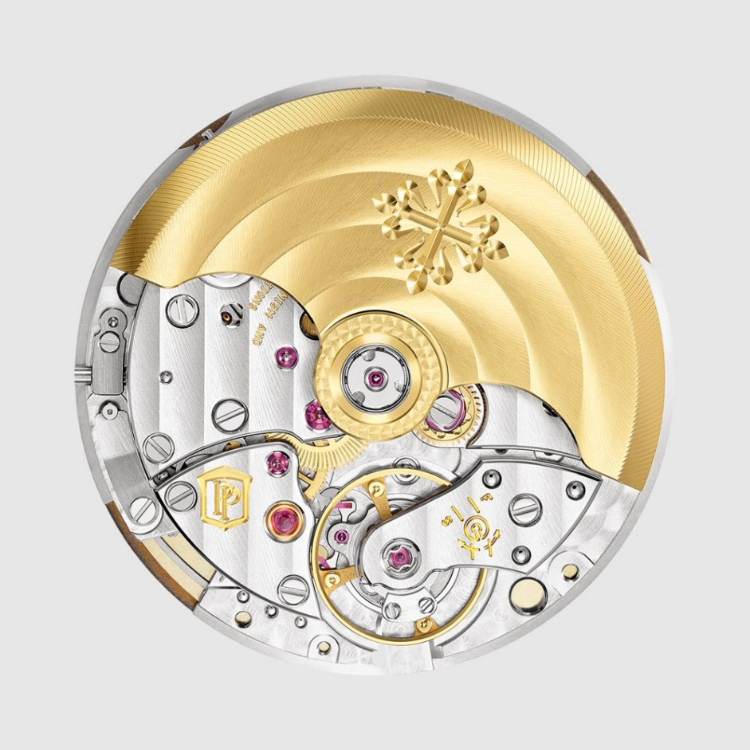
What is a Watch Movement?
At its core, a watch movement is the mechanism that powers the watch, driving its hands, features, and functionality. Often referred to as the "heart" of a timepiece, the movement is a combination of intricate parts working in harmony to measure the passage of time. It plays a significant role in determining the overall quality and prestige of a luxury watch, influencing everything from accuracy and durability to the craftsmanship and artistry involved in its creation. Watch movements come in various forms, with each type offering distinct features and advantages.
Types of Watch Movements
There are three main types of watch movements: manually wound mechanical movements, automatic mechanical movements, and quartz. Each has its own set of benefits and considerations that appeal to different types of collectors.
Manually Wound Mechanical Movements
Manually wound mechanical movements are often regarded as the hallmark of watchmaking artistry. These movements require winding by hand to store energy, which is then used to power the watch. Manually wound mechanical movements are revered for their intricate design and the craftsmanship required to create them. They are often found in high-end luxury watches and are particularly favoured by collectors for their historical significance and enduring appeal. The precision and skill involved in producing a mechanical watch elevate it beyond simple timekeeping; it becomes a symbol of the craft itself.
-(1).jpg)
A Brief History of Mechanical Watches
The origins of mechanical watches date back to the 16th century, when portable spring-driven timepieces began to replace early clock mechanisms. Over the centuries, watchmakers refined these designs, developing innovations such as the balance spring in the 17th century and increasingly precise escapements in the 18th and 19th centuries.
By the 20th century, mechanical watches had become both functional instruments and status symbols, with Swiss maisons leading the way in horological excellence. Today, owning a mechanical watch connects the wearer to this long tradition of innovation, artistry, and heritage.
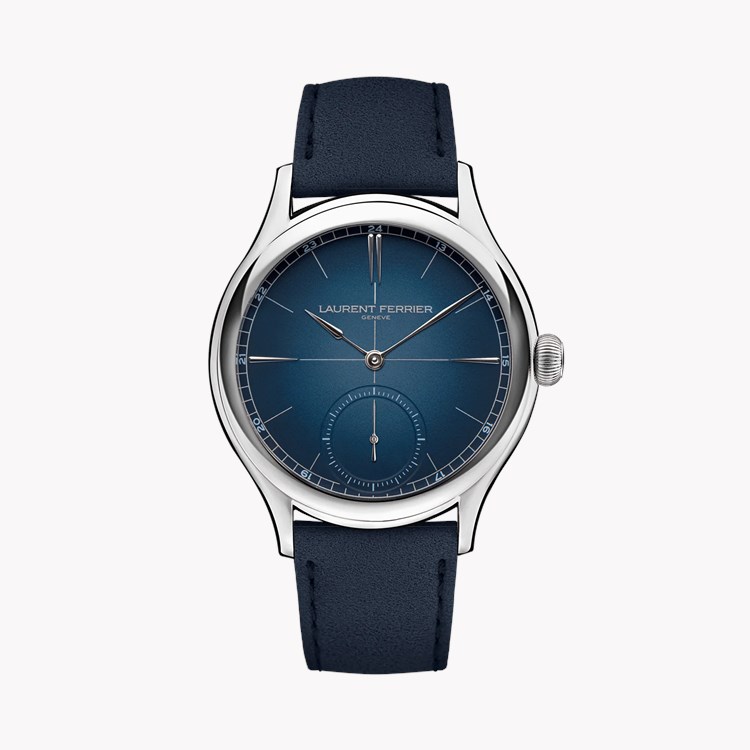
Considerations When Choosing a Mechanical Watch
When selecting a mechanical watch, it's important to weigh both practical and aesthetic factors. Consider the following:
Power reserve: The time the watch runs before needing to be wound.
Robustness of the movement: Important for durability and everyday wear.
Complications: Features like chronographs or moon phases add appeal but may increase servicing needs.
Craftsmanship and finishing: Hand-finished details often enhance value and uniqueness.
Brand heritage and reputation: Strengthens prestige and supports long-term collectability.
Automatic Mechanical Movements
Unlike mechanical watches, automatic watches self-wind as long as they are worn, using the natural movement of the wearer's wrist to generate energy. This means that an automatic watch doesn't need manual winding as long as it's worn regularly.
Many luxury collectors appreciate the convenience and practicality of an automatic watch, which combines the beauty of traditional mechanics with a modern twist. Automatic mechanical movements are also widely known for their smooth, continuous ticking, which is often considered a defining characteristic of mechanical watches.
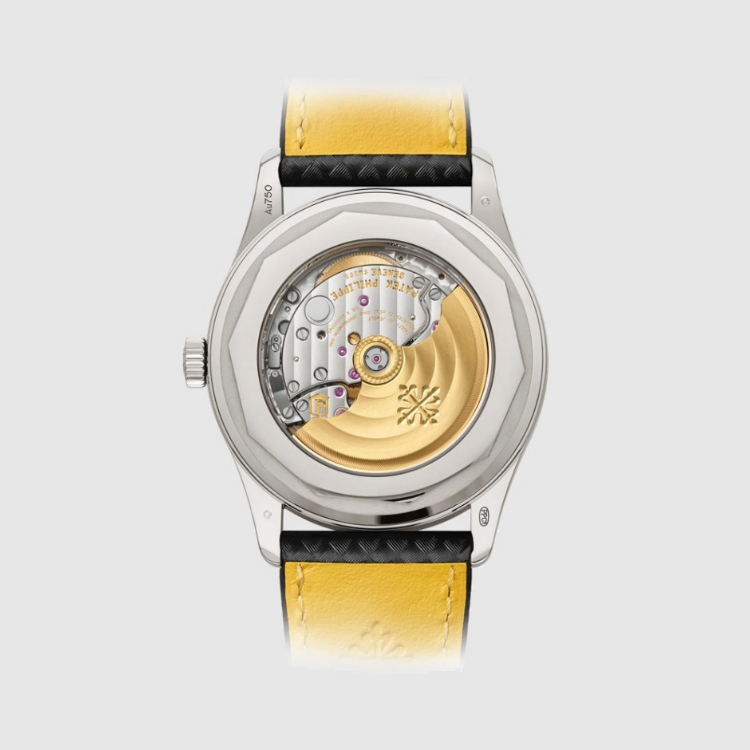
A Brief History of Automatic Watches
The first concepts of self-winding mechanisms emerged in the late 18th century, with Abraham-Louis Perrelet credited for pioneering early designs. However, it was not until the 20th century that automatic watches gained widespread adoption, especially after Rolex introduced its Perpetual rotor system in 1931. This breakthrough made automatic mechanical movements more reliable and efficient, cementing them as a cornerstone of modern watchmaking. Today, they remain one of the most enduring innovations in horology, blending heritage with everyday usability.
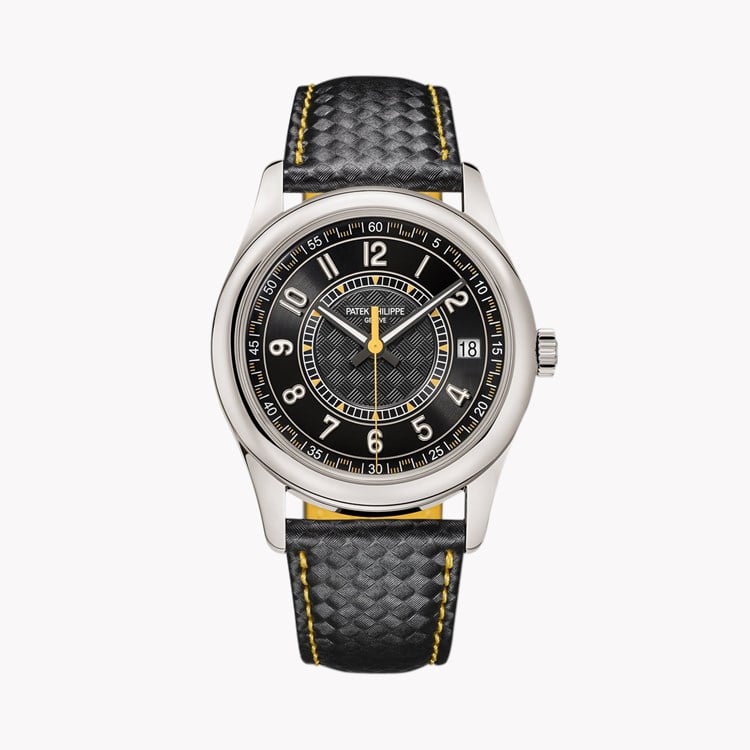
Considerations When Choosing an Automatic Watch
When selecting an automatic watch, think about how it will fit into your lifestyle and collection:
Wearing habits: Automatic watches rely on wrist movement, so daily wear helps maintain power. Otherwise, a watch winder may be useful.
Power reserve: Different models vary in how long they run when unworn, typically 40-80 hours.
Thickness and weight: The rotor mechanism often makes automatic watches slightly heavier and thicker than manual pieces.
Complications: As with mechanical watches, added features like GMTs or calendars can enhance appeal but may require more frequent servicing.
Craftsmanship and brand: Finishing, design, and the reputation of the maison can influence both value and collectability.
Quartz Movements
Quartz movements are powered by a battery and use a small crystal to keep time. They are the most accurate of the three types and require little to no maintenance compared to manually wound mechanical and automatic mechanical movements. While quartz watches might not have the same prestige as mechanical or automatic ones, they are highly functional, reliable, and affordable.
Quartz movements are ideal for those looking for a practical timepiece that is precise and low maintenance. Many collectors opt for quartz for their everyday wear, while reserving mechanical and automatic watches for special occasions.
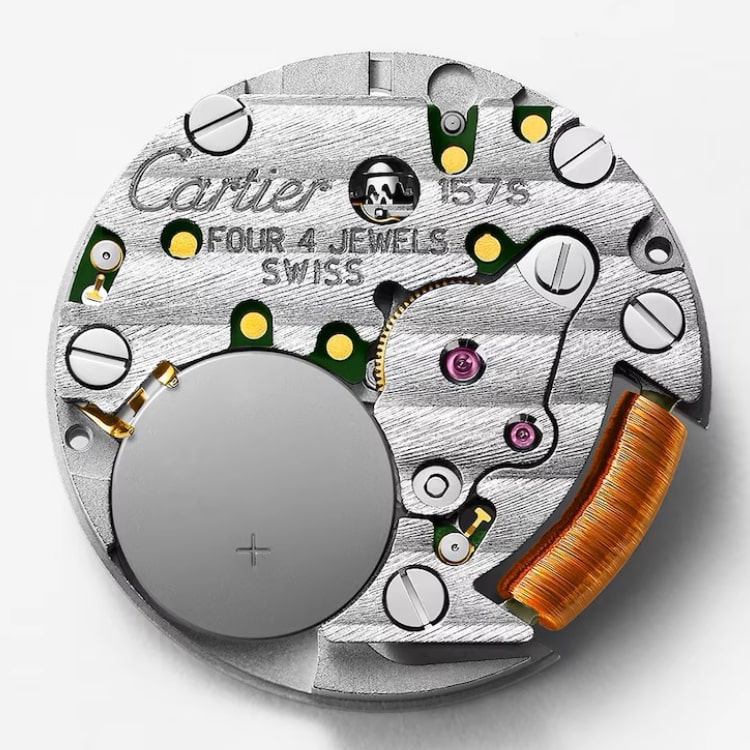
A Brief History of Quartz Watches
The quartz revolution began in 1969 when Seiko unveiled the Astron, the world's first quartz wristwatch. Its release disrupted the traditional watch industry by offering unprecedented accuracy at a fraction of the cost of mechanical pieces.
The 1970s and 1980s became known as the "Quartz Crisis," as many Swiss watchmakers struggled to compete with mass-produced quartz models. However, this period also forced the luxury sector to innovate and refine its mechanical offerings.
Today, quartz watches hold an important place in horological history, representing both a turning point in the industry and a lasting option for precise, everyday timekeeping.
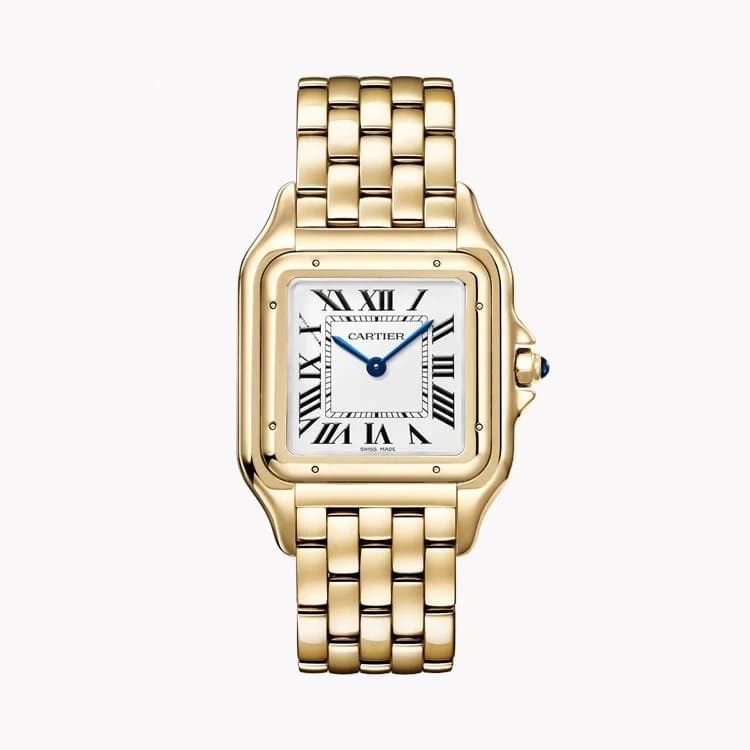
Considerations When Choosing a Quartz Watch
When selecting a quartz watch, keep the following in mind:
Accuracy: Quartz watches typically deviate only a few seconds per month, far surpassing mechanical and automatic models.
Maintenance: Battery replacement is required every 1 to 3 years, but servicing is minimal compared to mechanical watches.
Design and slimness: The lack of a winding mechanism allows for slimmer and lighter designs, making them comfortable for daily wear.
Durability: Quartz watches are generally more robust against shocks and environmental changes.
Perception and value: While highly practical, quartz watches are sometimes viewed as less prestigious than mechanical pieces, though some high-end models from Swiss maisons challenge this perception.
Why Watch Movements Matter in Luxury Watches
In the world of luxury watches, the movement is often the defining feature that separates high-end pieces from standard models. The prestige of a mechanical watch or an automatic watch lies in the complexity of its movement, which reflects the skill and tradition of the luxury watch craftsmanship.
High-end brands like Patek Philippe and Rolex are renowned for their sophisticated movements, which are often the result of years of innovation and craftsmanship. These movements contribute not only to the timepiece's accuracy but also to its durability, legacy, and investment value.
For collectors, the movement is a testament to a brand's heritage and commitment to quality. Watches with automatic mechanical and manually wound mechanical movements often have higher resale value, making them a wise investment choice for those looking to purchase not only a watch but also a piece of horological history.
.jpg)
How to Choose the Right Watch Movement for You
When deciding which watch movement is best suited to your lifestyle and preferences, consider factors like durability, maintenance needs, and investment potential. If you're looking for a timepiece that blends craftsmanship with a prestigious legacy, an automatic or mechanical watch might be the right fit. On the other hand, if accuracy and low-maintenance convenience are your priorities, a quartz watch could be the ideal choice.
Also, consider the aesthetic and style of the movement. For instance, many collectors appreciate the smooth ticking of an automatic watch, while others prefer the whirring sound of a mechanical watch.
If you're purchasing for investment purposes, consider a movement associated with a luxury brand, as these often hold or increase their value over time.
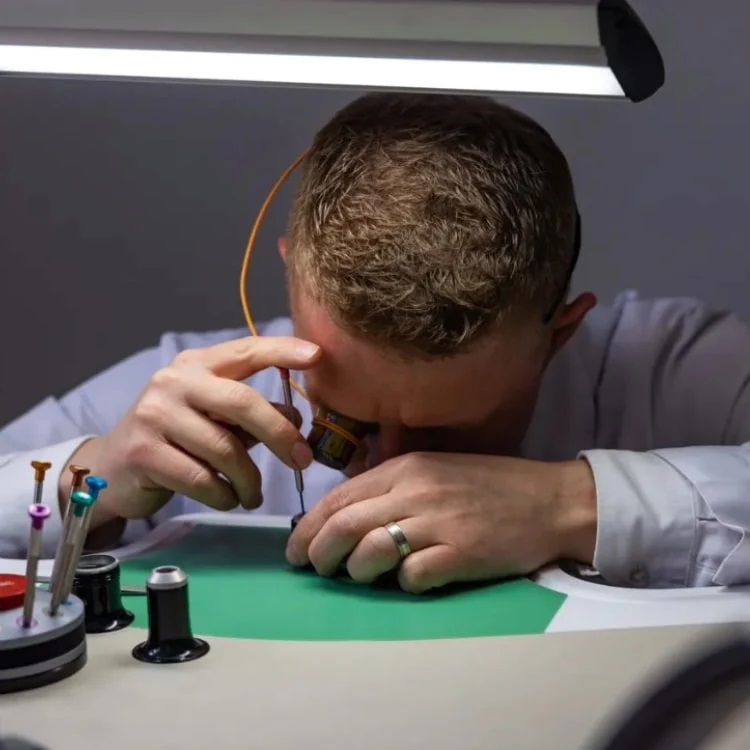
Tips for Caring for Your Luxury Watch Movement
Proper care and maintenance are essential to ensure the longevity and optimal performance of your luxury watch's movement. Whether you own a mechanical, automatic, or quartz timepiece, following a few simple tips can preserve the functionality and precision of the movement:
Regular servicing by certified professionals is key to maintaining the integrity of the movement. Discover our watch repair and maintenance services.
When storing your mechanical timepieces, keep them away from larger magnets, which can affect the breathing of the mainspring (e.g. alarm clocks, speakers, etc). For vintage automatic watches, especially calendar complications, it can be beneficial to use a watch winder.
For quartz watches, ensure the battery is replaced periodically to avoid any damage to the movement.
Frequently Asked Questions
Below are the answers to our most commonly asked questions. Should you want to find out more please feel free to Contact Us and begin your Pragnell experience.
Watch CLP Page
Contact us